
Gods, giants, and wondrous creatures origin from the natural world and are knit together in the fascinating world of Norse mythology. They offer a glimpse of cultural, religious, and symbolic significance, ranging from terrifying animals to angelic friends. These are 10 animals associated with Norse mythology.
Fenrir
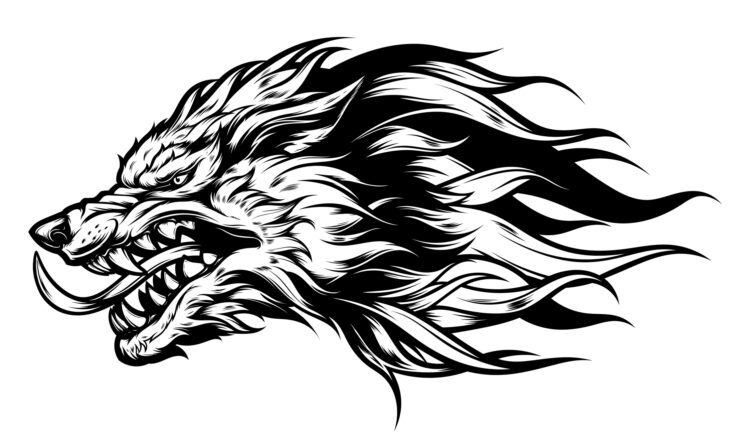
Fenrir is a terrifying figure from Norse mythology, a monstrous wolf. He was the son of the trickster god Loki and the giantess Angrboða. The gods are terrified of Fenrir because of his great strength and the prophecy that predicted his part in Ragnarok, the end of the world. Fenrir is bound by chains yet is destined to break free and create havoc.
Jormungandr
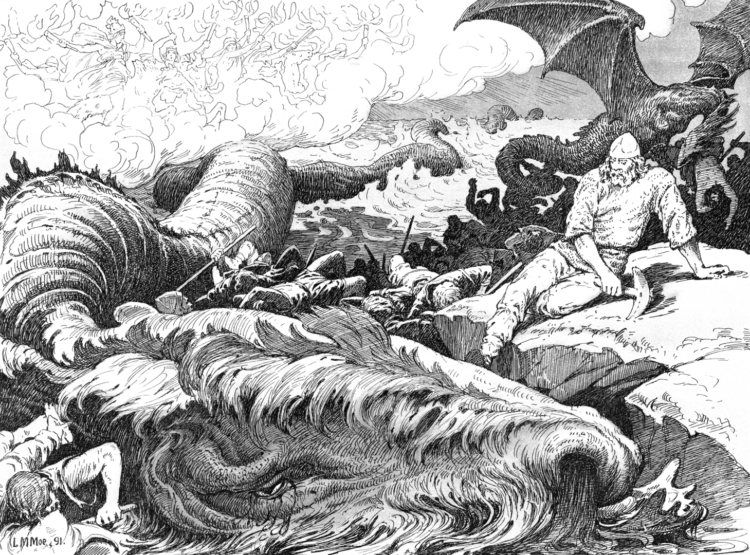
Jormungandr is also known as the World Serpent or the Midgard Serpent. This massive serpent hangs to its tail and surrounds the entire planet. Jormungandr is a representation of the everlasting cycle of life, death, and rebirth, along with the basic components of the natural universe. He is the son of Loki and Angrboða.
Huginn and Muninn

The two ravens of Odin, Muninn (Memory) and Huginn (Thought), represent wisdom and knowledge in Norse mythology. As they travel around the Nine Worlds, these intelligent birds gather information and pass it to Odin, the Allfather. Both birds represent Odin’s eyes and ears. They reflect the power of intelligence and the search for truth in the ever-expanding universe.
Sleipnir
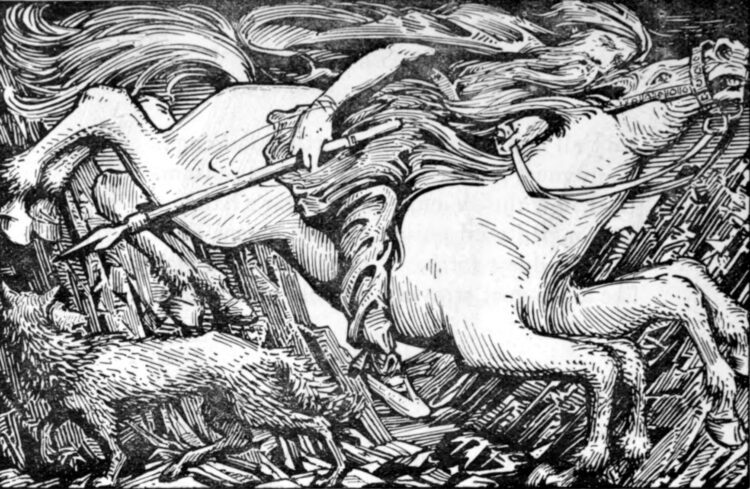
Known for his strength and speed, Odin rides Sleipnir, an eight-legged horse, an angelic being created from Loki’s adventures. It is capable of shape-shifting and can move effortlessly between the worlds. Sleipnir, Odin’s devoted companion, represents the relationship between gods and animals, and acts as a link between the supernatural and reality.
Níðhöggr
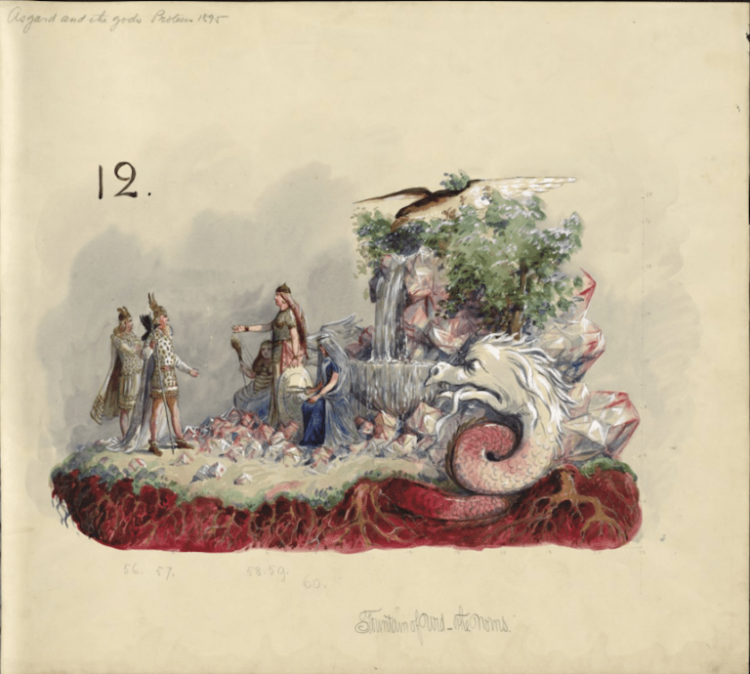
According to Norse mythology, Níðhöggr is a wicked dragon/serpent that eats away at the roots of Yggdrasil, the World Tree. Níðhöggr is a symbol of chaos and devastation. He represents the forces of chaos that pose a threat to the stability of the universe. Its continuous chewing reminds us of the ongoing conflict between chaos and order, creation and destruction.
Ratatoskr

Ratatoskr runs up and down Yggdrasil, carrying messages between Níðhöggr at the roots of the trees and the eagle perched atop it. It may look innocent, yet it reflects the rivalries and conflicts that exist among the Norse pantheon. Its antics remind us how intertwined everything is in the cosmos and how competing forces are always at play.
Geri and Freki

The two wolves of Odin, Geri (Greedy) and Freki ( Ravenous), are his ever-present companions. They share the spoils of war with the Allfather. The fierceness and bravery of these vicious creatures represent the values of the Norse warrior culture. Geri and Freki, as symbols of Odin’s combat skills, represent the journey of warriors and the search for victory in conflict.
Fafnir
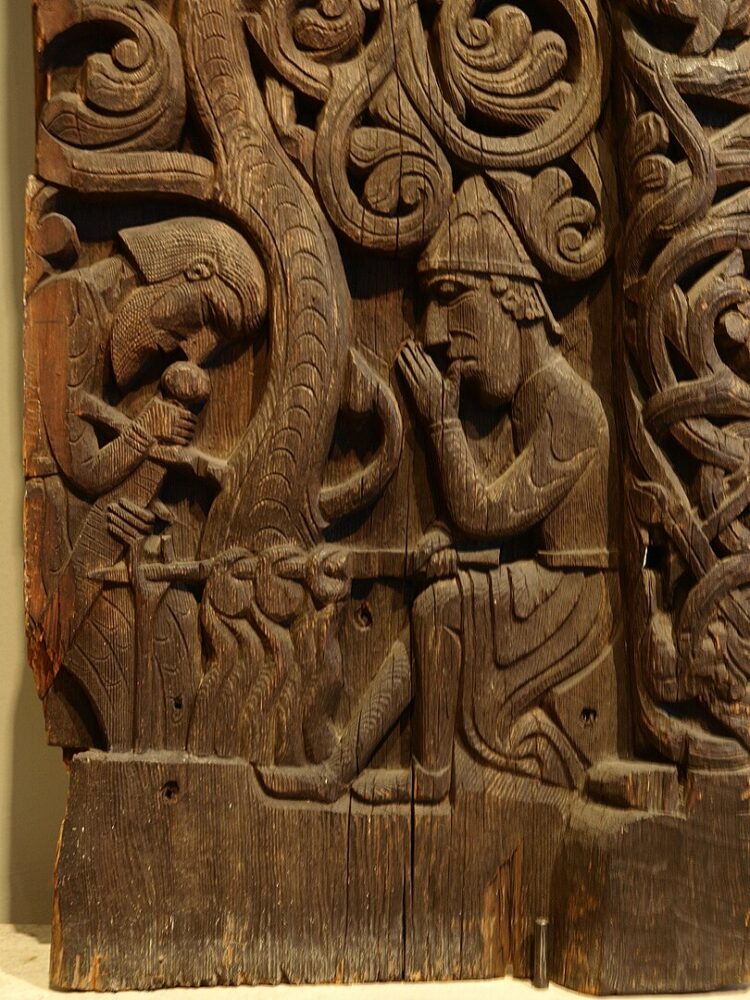
In Norse mythology, Fafnir is a greedy dragon who guards a treasure trove of cursed gold. He represents the destructive force of avarice and greed. Fafnir, transformed by his endless hunger for gold, is a warning about the risks of reckless ambition and the distorting power of wealth. His story is told in the Völsunga saga.
Gullinbursti
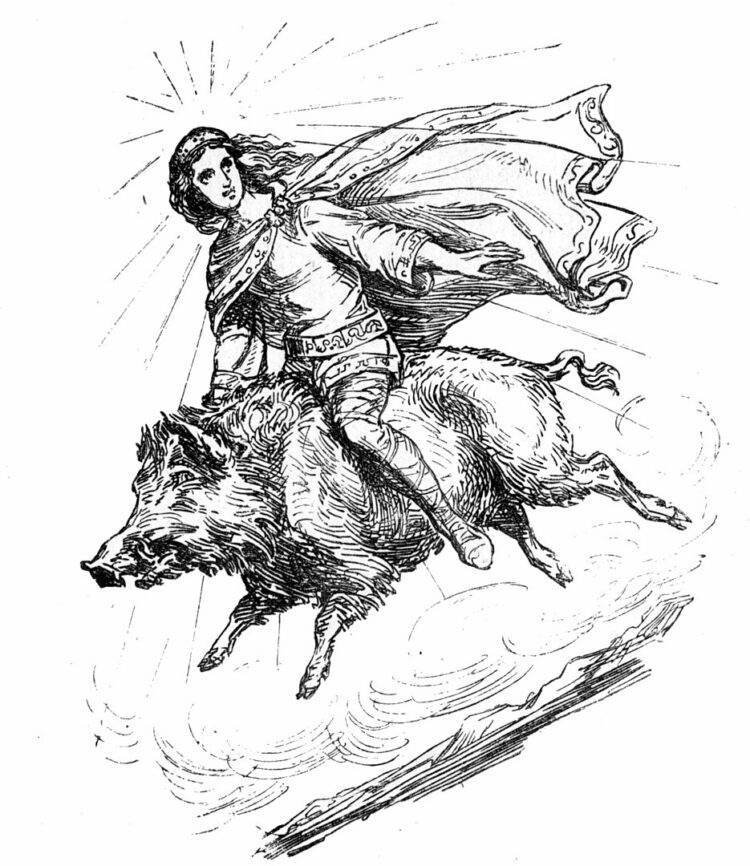
A magical boar crafted by the dwarfs, Gullinbursti is the Norse mythological steed of the fertility deity Freyr. Gullinbursti, which has gold bristles that sparkle in the dark, is a sign of fertility, success, and abundance in the natural world. Gullinbursti, Freyr’s faithful companion, is a living example of the forces of growth and rebirth.
Freyja’s Cats
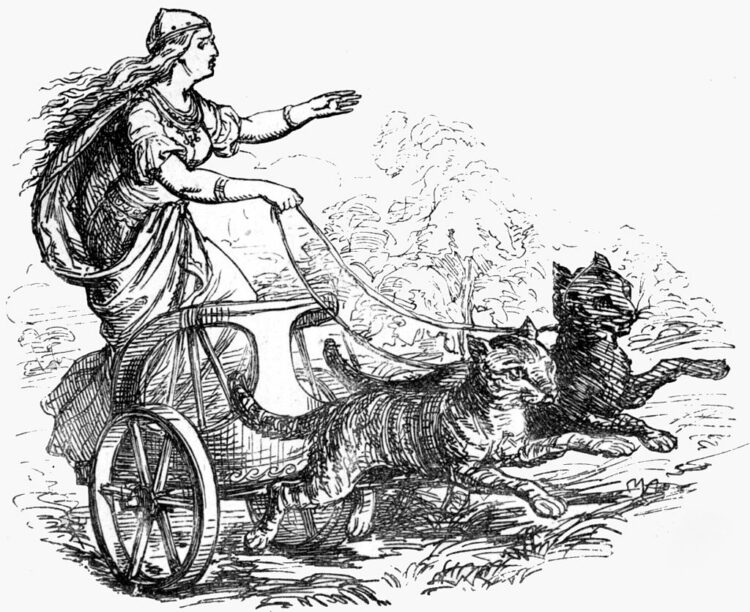
Freyja, the goddess of war, love, and fertility, is frequently seen with two cats pulling her chariot. These cat friends stand in for Freyja’s fierceness, independence, and cunning. Freyja’s cats represent the dual aspect of femininity—both caring and fierce, sensual and powerful. They represent the heavenly qualities of God.

Comments
Loading…